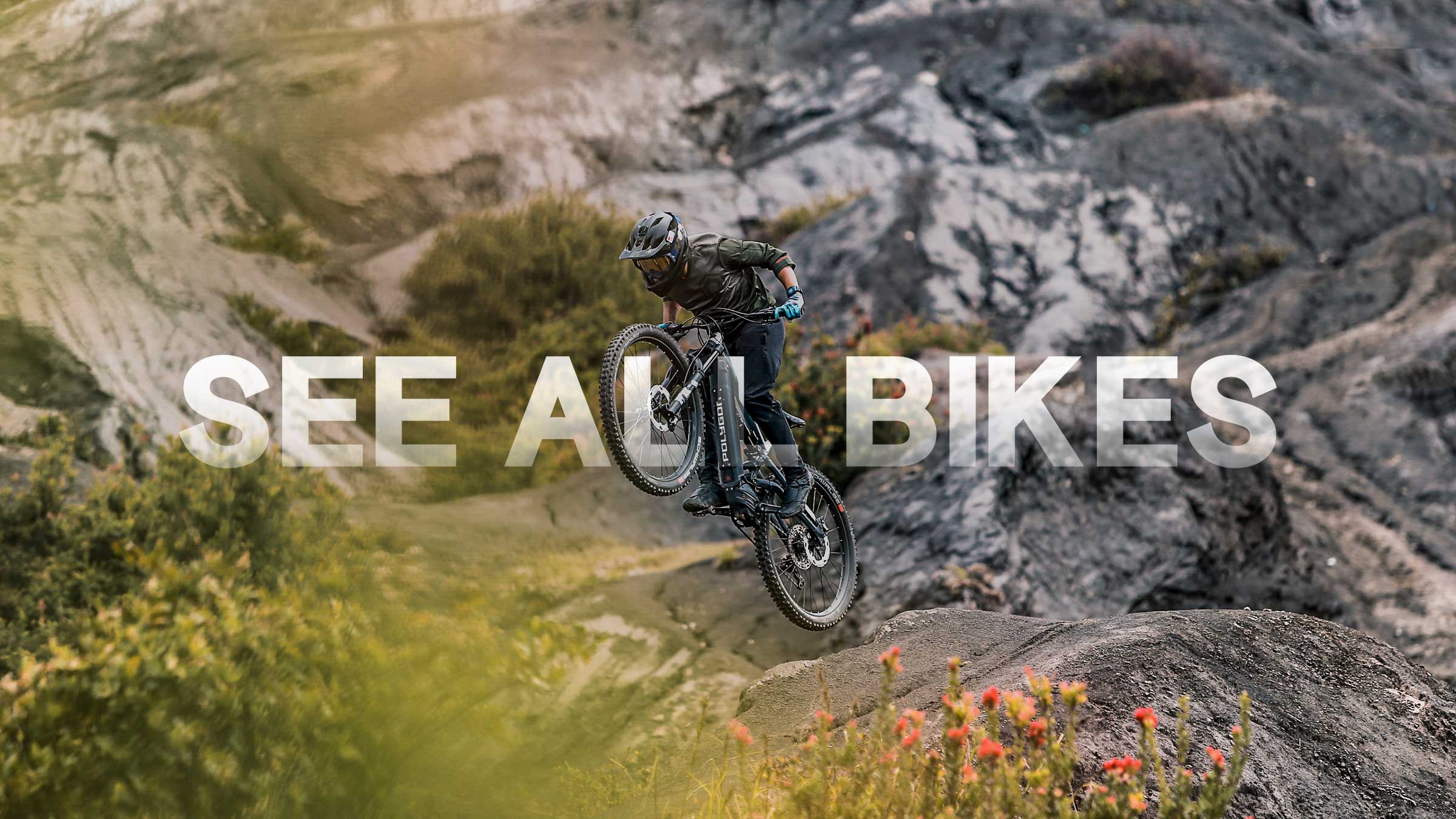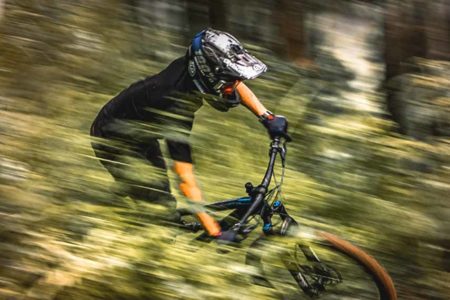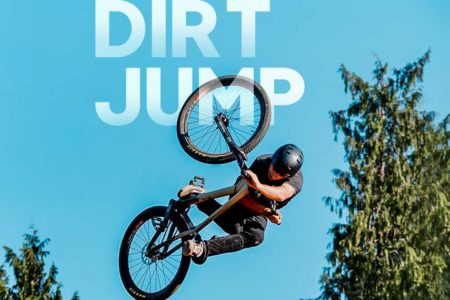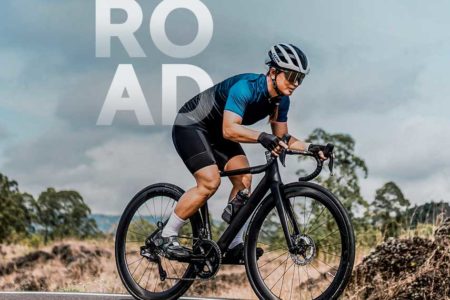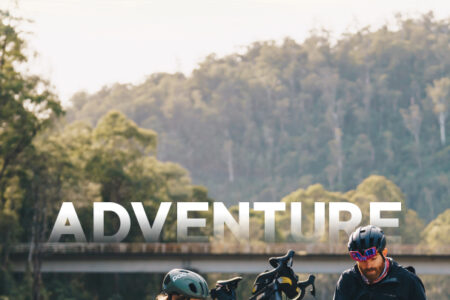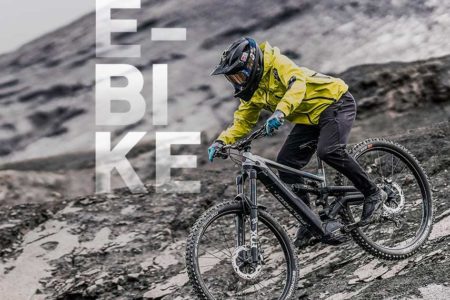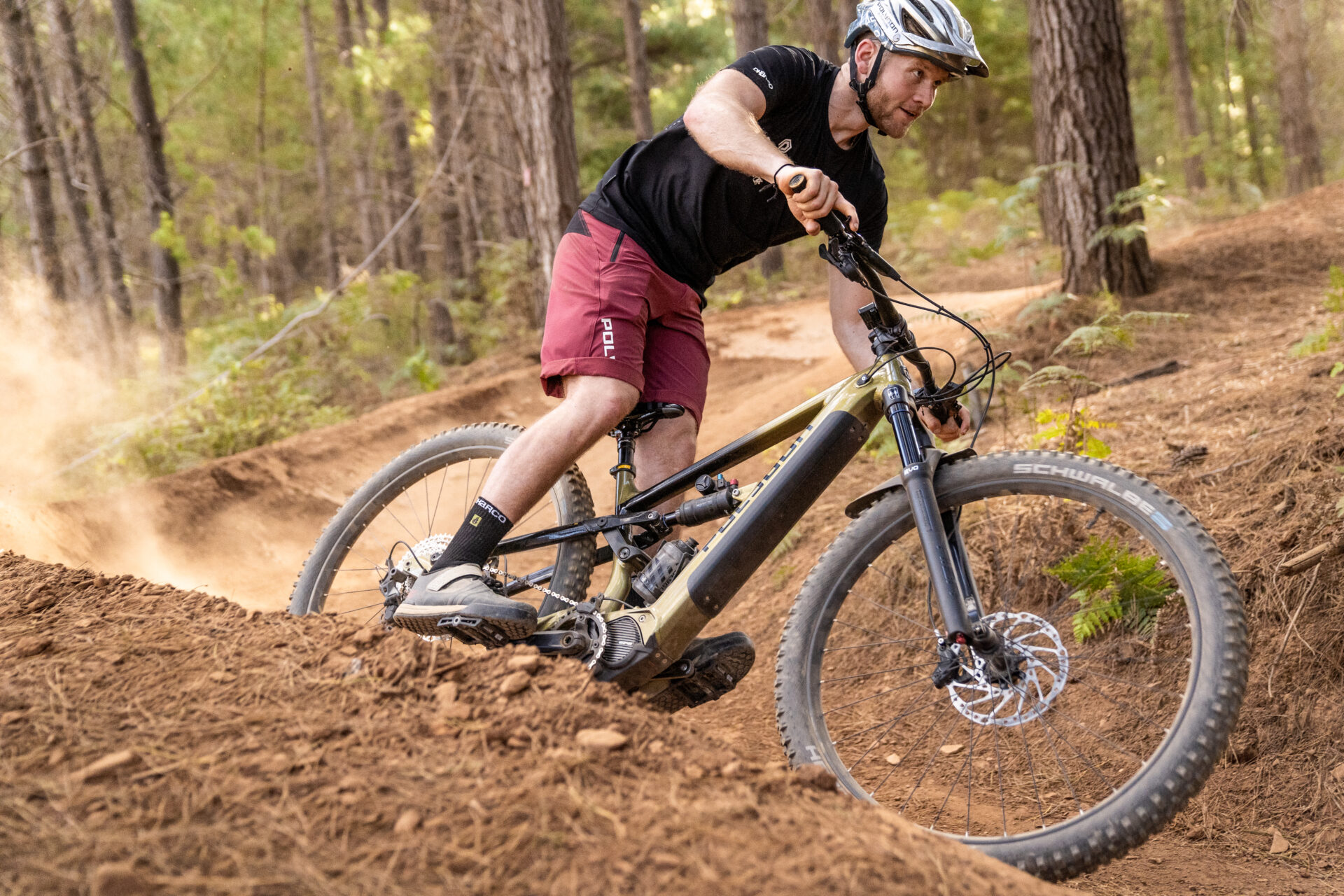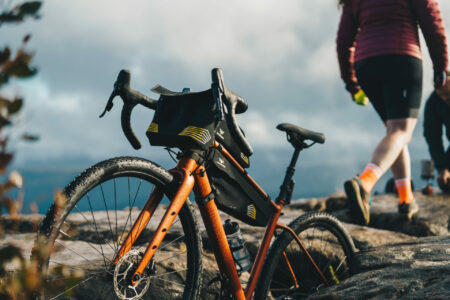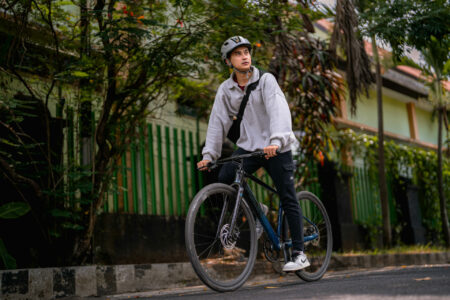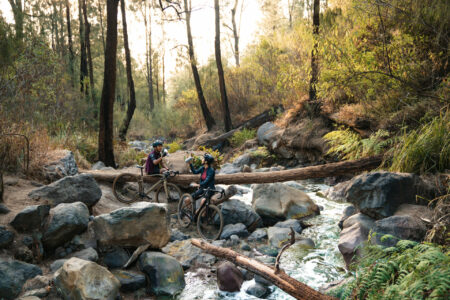Achieving Ultimate Control with Mixed Wheel Sizes
In the dynamic world of mountain biking, the emergence of the Mullet bike has been a game-changer in recent years. This bike is the result of dedicated cyclists’ quest to maximize their performance on the trail. The Mullet bike has captured the imagination of the trail riding community with its distinctive wheel size configuration, boasting a larger front wheel paired with a smaller rear wheel. This innovative setup promises riders a harmonious blend of stability and agility, potentially revolutionizing their off-road experiences.
It wasn’t until 2004 that the first commercially available Mullet Mountain bike hit the scene. This early attempt, sporting a 26-inch front wheel and a 24-inch rear wheel, was unsuccessful and eventually discontinued. Despite the setback, the UCI (Union Cycliste Internationale) paved the way for Mullet bikes by allowing different wheel sizes in official competitions in 2019, setting the stage for Mullet bike supremacy.
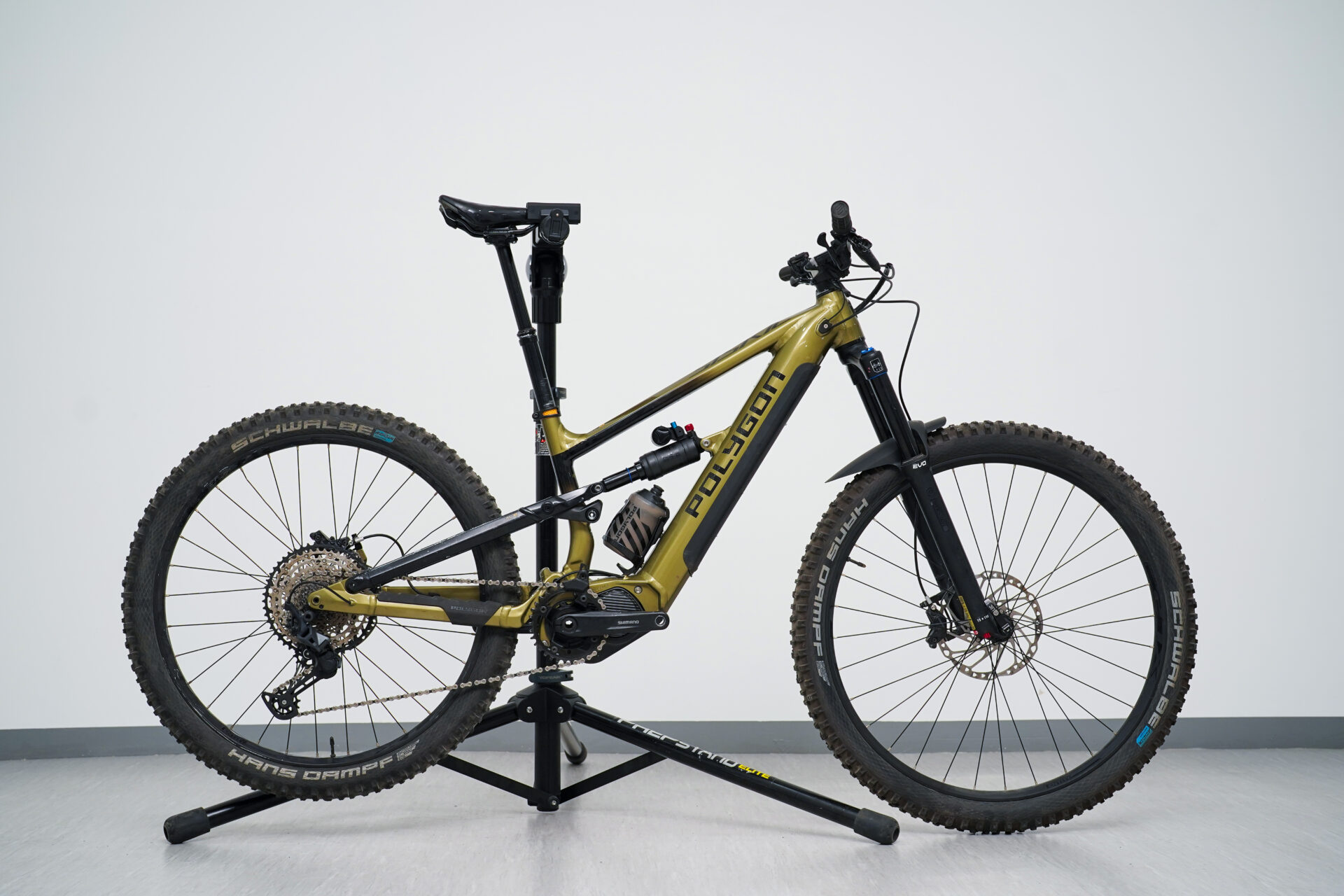
So, the Mullet bike is great, but what makes it so special and gained such popularity? Moreover, is it different from a full 29er mountain bike, such as an enduro, trail, or downhill bike? If you are pondering which setup is the best for you and your riding adventure, this article will help you decide!
The Wheel Size Configuration:
- Mullet Bike: As mentioned earlier, a Mullet bike features a mixed wheel size configuration. It typically has a larger 29-inch wheel on the front and a smaller 27.5-inch (or 27.5+) wheel on the rear. This intentional combination is designed to harness the advantages of a larger front wheel for enhanced stability and traction while leveraging a smaller rear wheel for improved maneuverability and control.
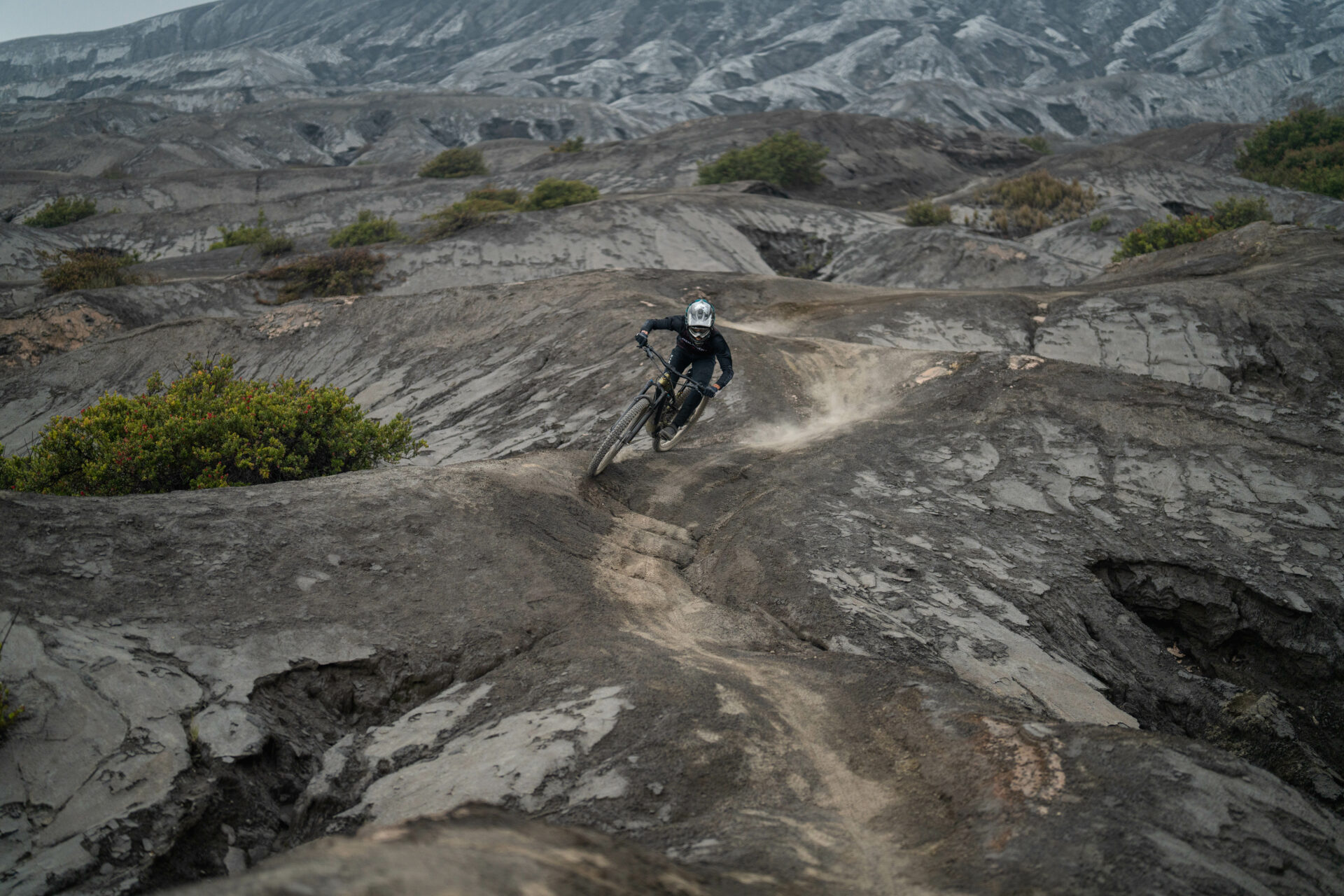
- 29” Bike: In contrast, a 29er is a mountain bike with 29-inch front and rear wheels. These larger wheels offer improved rollover capabilities, better traction compared to smaller wheel sizes, and enhanced stability, especially when riding over rough terrain. The uniform wheel size simplifies the bike’s design and geometry.
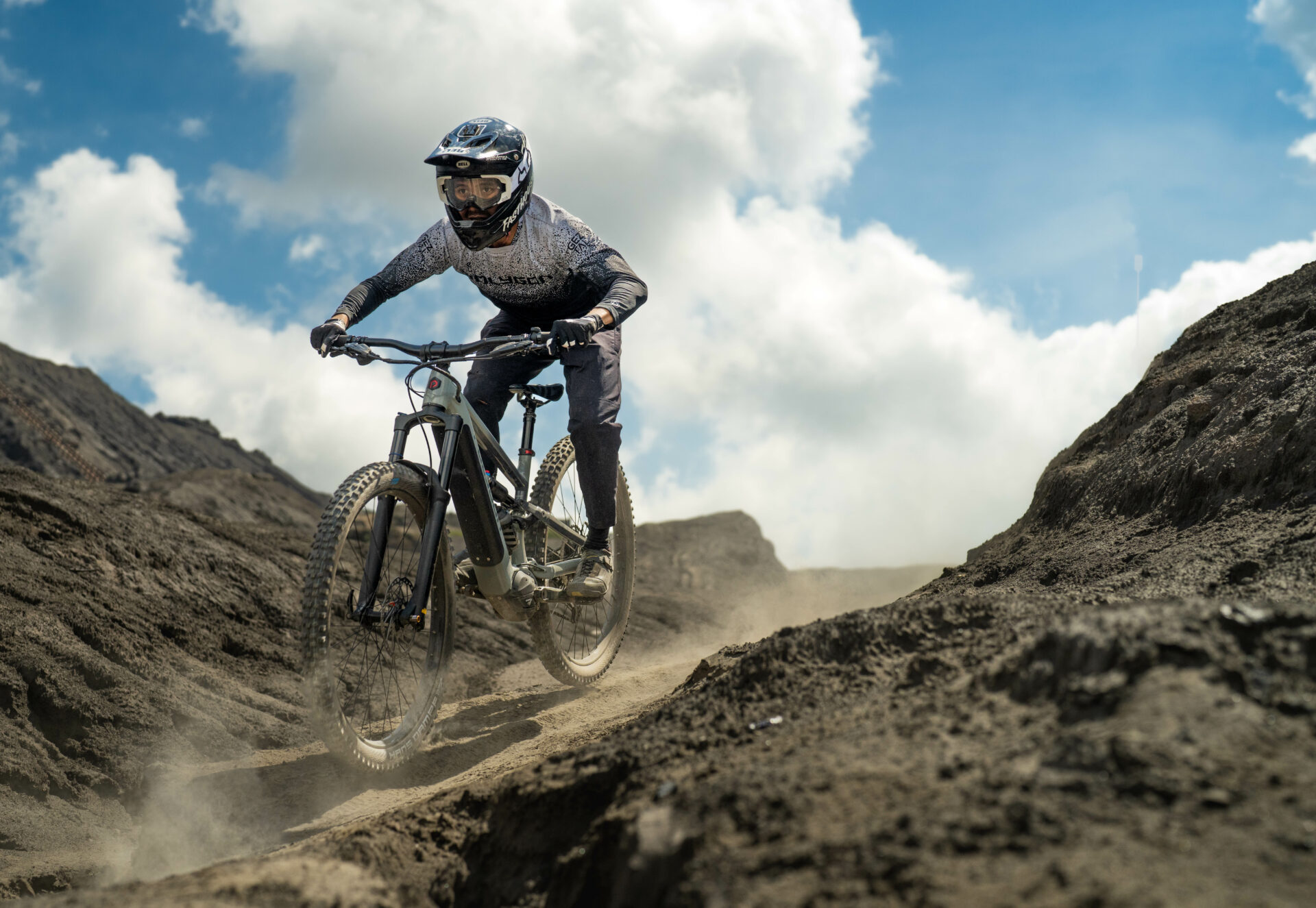
Handling Characteristics:
- Mullet Bike: The Mullet setup is designed to offer a balanced combination of stability and maneuverability. The larger front wheel will give you a sense of confidence and help the bike roll over obstacles with ease, while the smaller rear wheels enhance flexibility, making it easier to make jumps and navigate tight corners or steep descents.
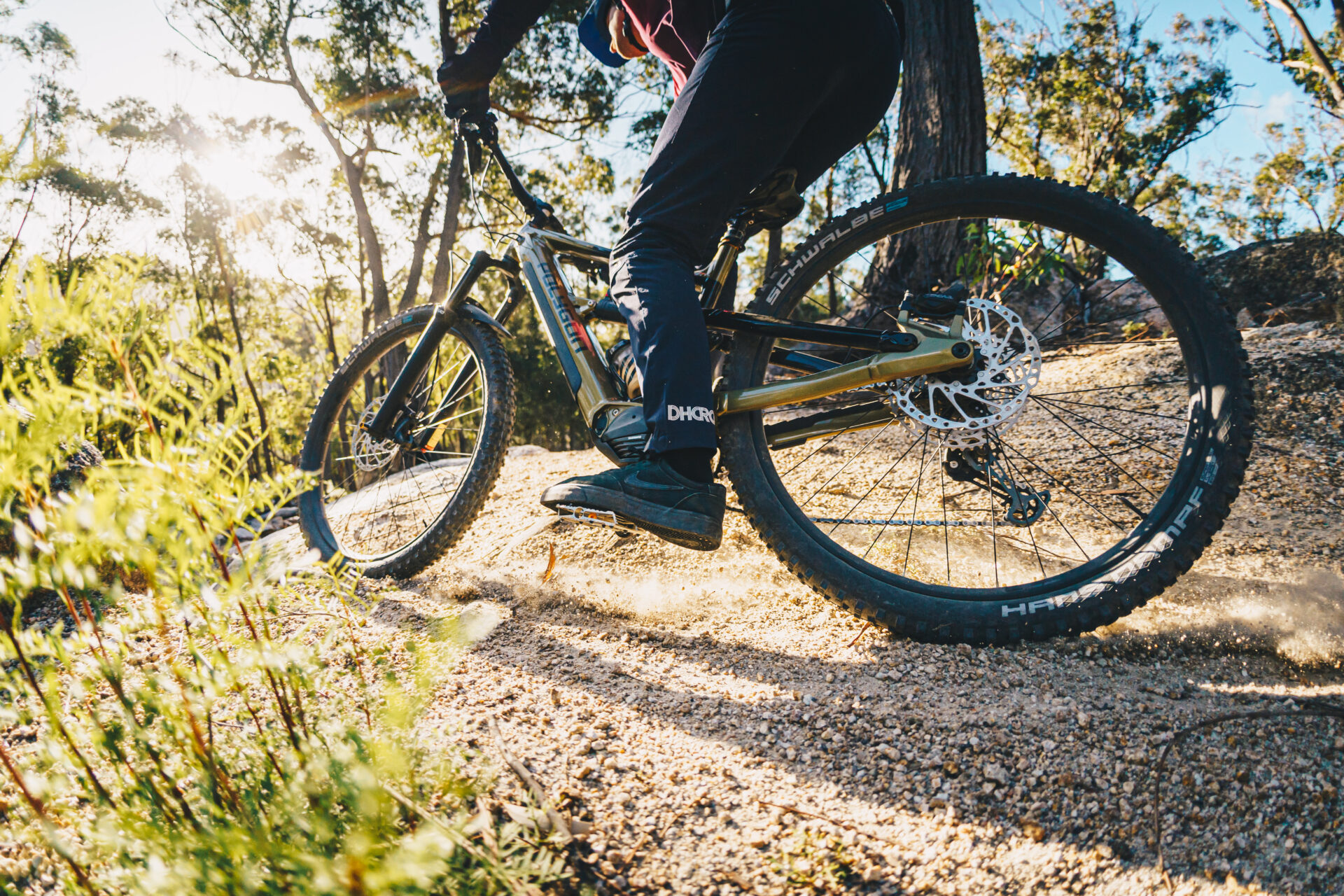
- 29” Bike: This setup prioritizes stability and maintaining speed on the trail. Their symmetrically large wheels effectively smooth out rough terrain, reduce rolling resistance, and offer excellent traction. This makes them particularly well-suited for cross-country, trail, and enduro riding, including marathon racing.
The Occasion of Use:
- Mullet Bike: Mullet setups can handle various terrains, making them suitable for enduro racing, all-mountain riding, and technical trails. They excel in situations where a balance between stability and maneuverability is needed. Mullets also handle jumps easier since the rear wheel doesn’t interfere with body position.
- 29” Bike: 29er bikes can also be used on many occasions. Although often preferred for cross-country (XC) riding, marathon racing, and long-distance trail riding, 29ers can also handle trail, enduro, and downhill riding. Their key strengths are in their large wheels, which are particularly effective for maintaining speed and covering ground efficiently while giving you a comfortable riding experience.
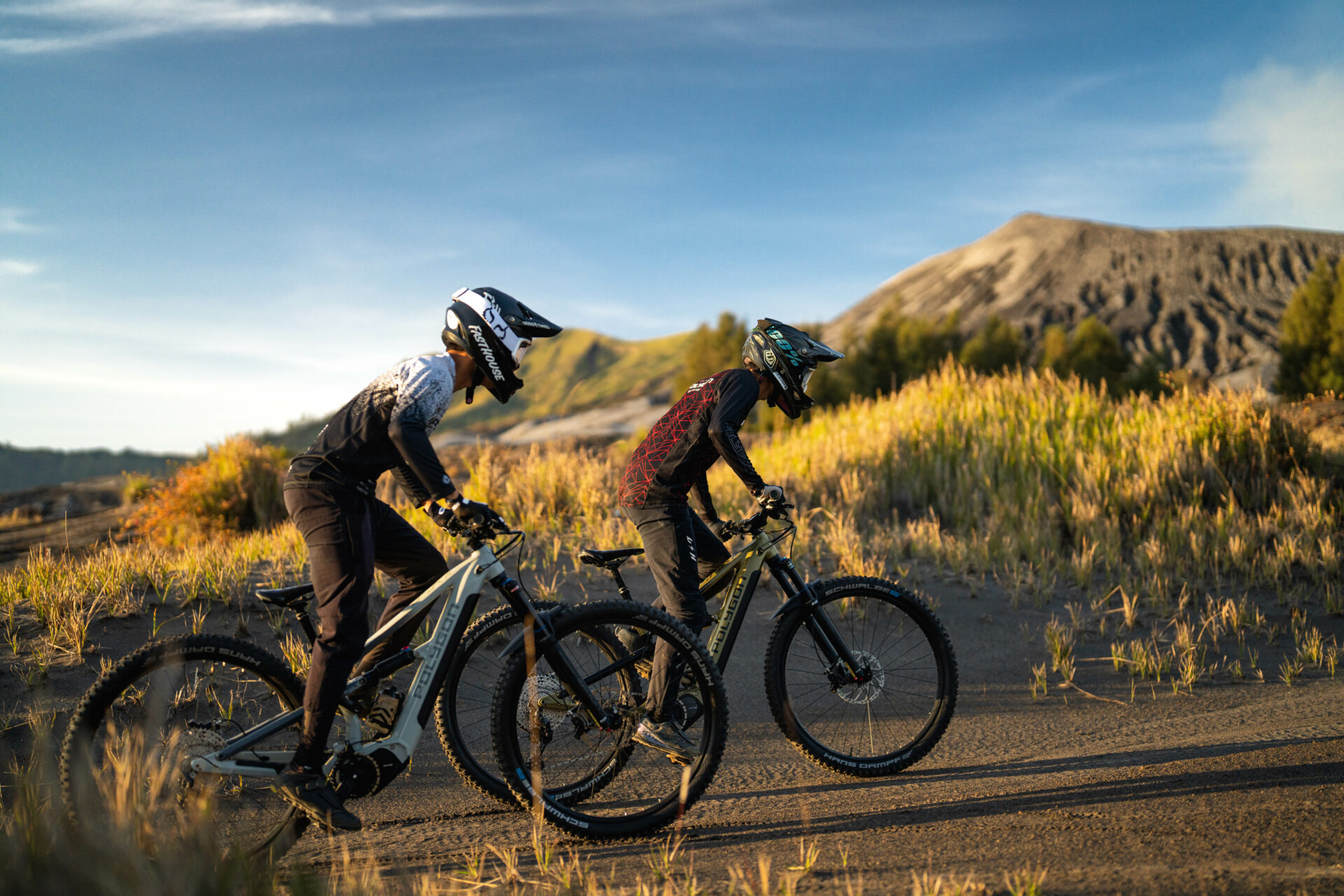
Terrain Preferences:
- Mullet Bike: Mullet Bikes are well-suited for riders who encounter a variety of terrains, from technical and challenging trails to all-mountain riding. Their mixed-wheel setup allows them to adapt to different riding conditions effectively. Moreover, they are best for enduro racing, known for its combination of timed downhill stages and uphill transfers.
- 29” Bike: This bike is the best option for a long and stable journey. 29ers excel on cross-country trails, typically featuring smoother and less technical terrains. On flowy and less technical trails with minimal obstacles, 29ers offer a comfortable and efficient ride. On rocky and rough terrains, a full 29er setup may feel heavier and slower to reach the top speed or maneuver, but they maintain speed better than mullet bikes.
Customization:
- Mullet Bike: Mullet Riders can fine-tune their bike’s performance by experimenting with different tire size combinations and adjusting suspension settings to optimize the balance and frame geometry to maximize the bike’s stability, agility, and climbing capabilities.
- 29” Bike: 29ers offer a more straightforward and consistent handling experience due to the uniform wheel size. Although it allows riders to tune suspension settings and adjust geometry features, the adjustments are still limited compared to Mullet bikes.
While both Mullet bikes and 29ers are almost similar, your choice depends on the type of adventure you are most likely to embark on and your riding style. Mullet Bikes will be your best company if you are looking for stability and agility. If you want a stable ride with excellent traction and maintain your speed, 29er bikes are the top picks. However, why settle for one
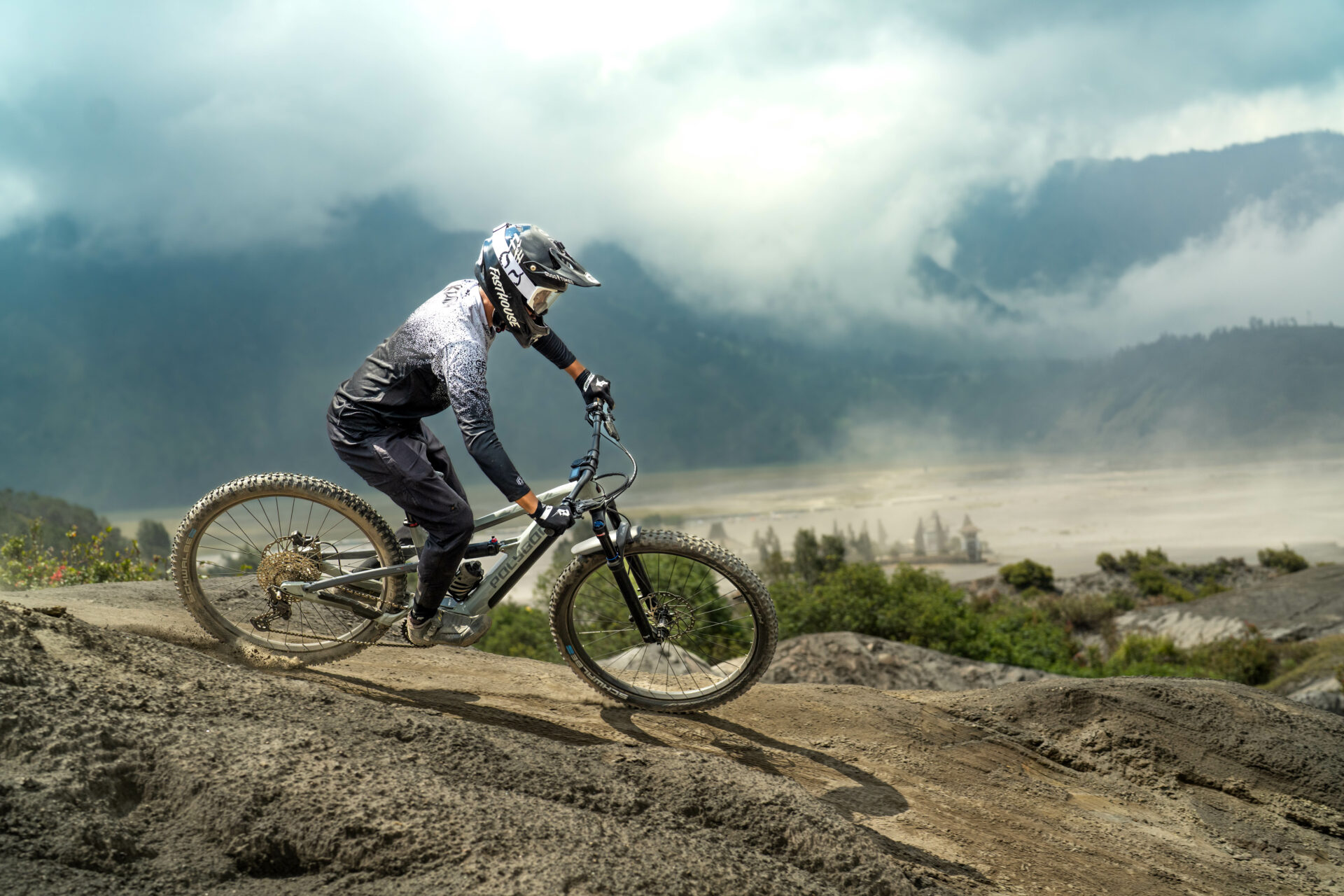
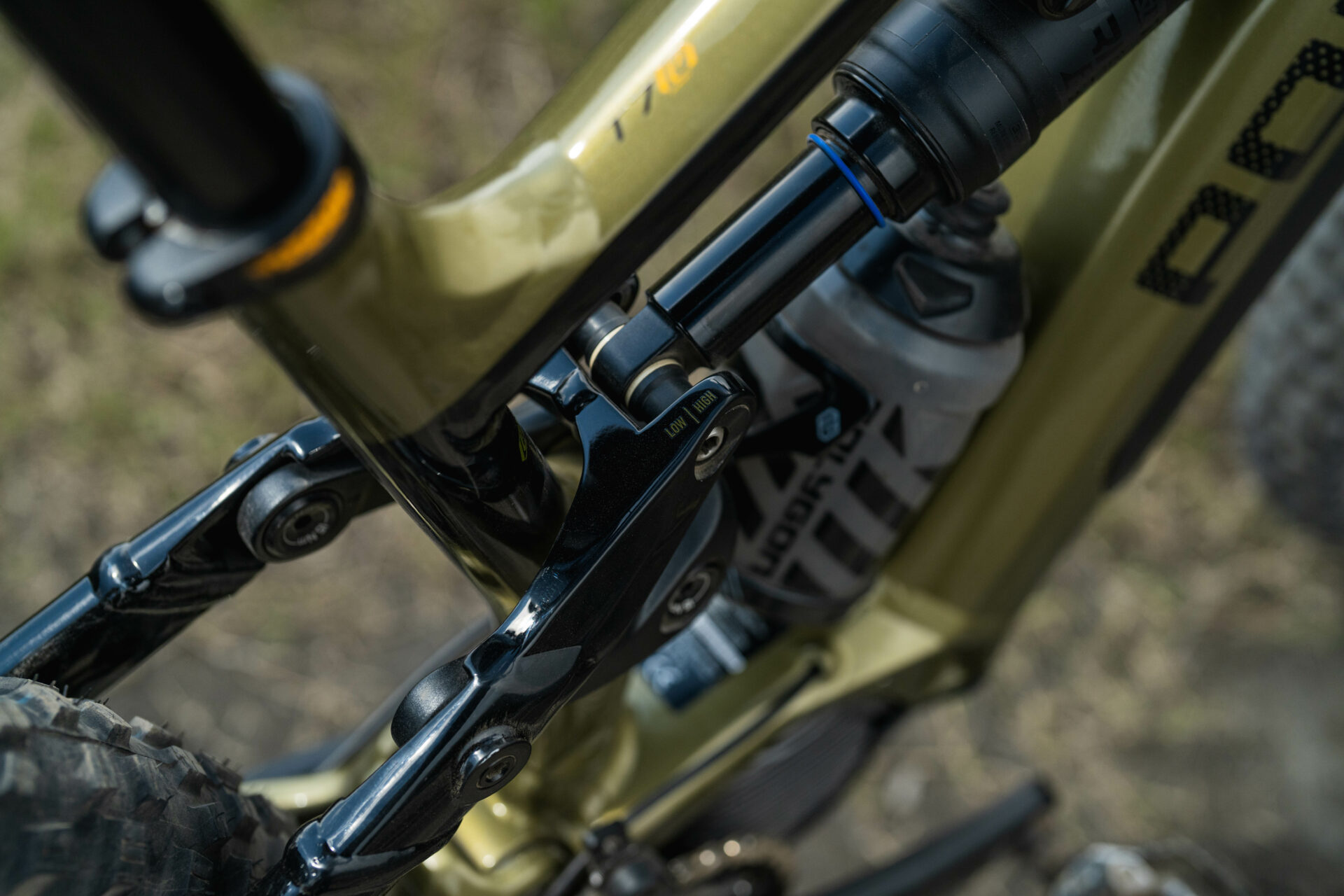
With Polygon’s Siskiu TE series, our brand-new range of E-MTB, you can easily conquer the roughest paths and ride across the country. The Siskiu TE series can be converted to a Mullet setup or full 29” as you like while still enabling you to gain full control wherever you go at great speed and in control. Moreover, The Siskiu TE series features a reliable motor, allowing you to roll smoothly and predictably on any adventure. You won’t have to choose between agility and speed if you can get it all!
Conclusion
The main difference between Mullet bikes and 29ers is their key strengths and notable traits. 29er bikes are fast, have excellent traction, and have the capacity to maintain momentum. Mullet bikes, on the other hand, are suitable for navigating challenging terrains and jumps and provide maneuverability. Nevertheless, with Polygon’s innovative E-Bike series, the Siskiu TE, you can have the best of both worlds with a thrilling and adaptable riding experience!
|
|
Mullet Bikes |
Full 29” Bikes |
|
The Wheel Size Configuration |
Designed with a larger front wheel (29”) and smaller rear wheel (27.5” or more) |
The front and the rear wheels are uniform, with a 29” size. |
|
Handling Characteristics |
Give you a sense of confidence and flexibility |
Maintain your speed and enhance traction |
|
The Occasion of Use |
Suitable for enduro racing and tackling technical trails |
Suitable for cross-country (XC) biking and trail riding |
|
Terrain Preferences |
Best for technical and challenging trails |
Best for less technical trails with a smoother surface |
|
Customization |
Tire size, suspension settings, and geometry |
Suspension settings and geometry (but limited) |


